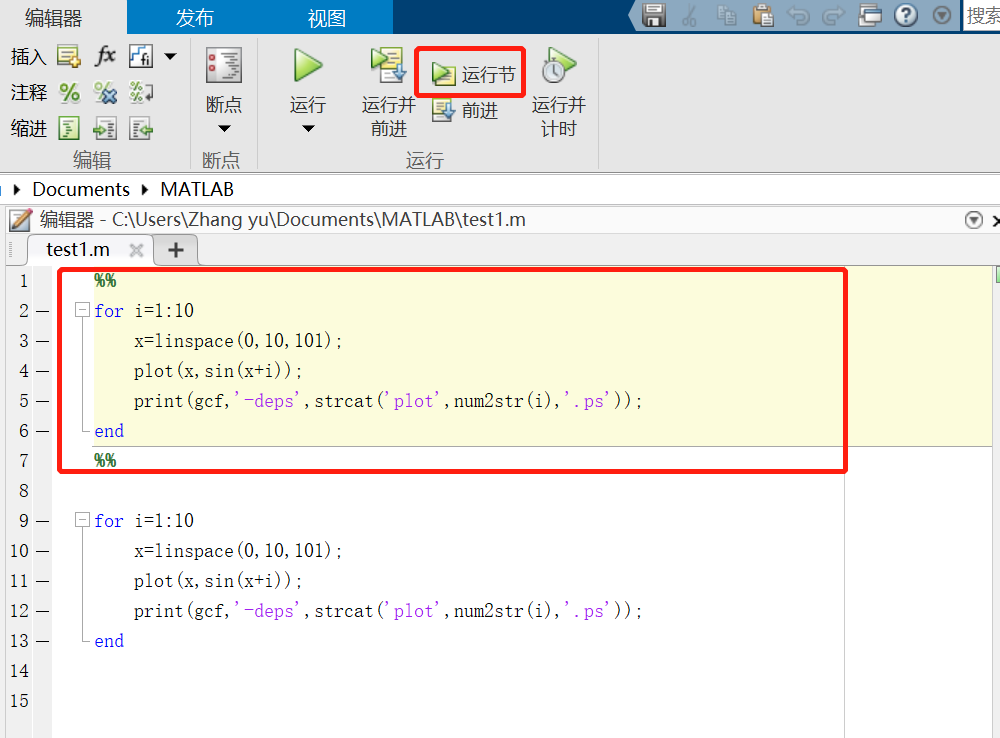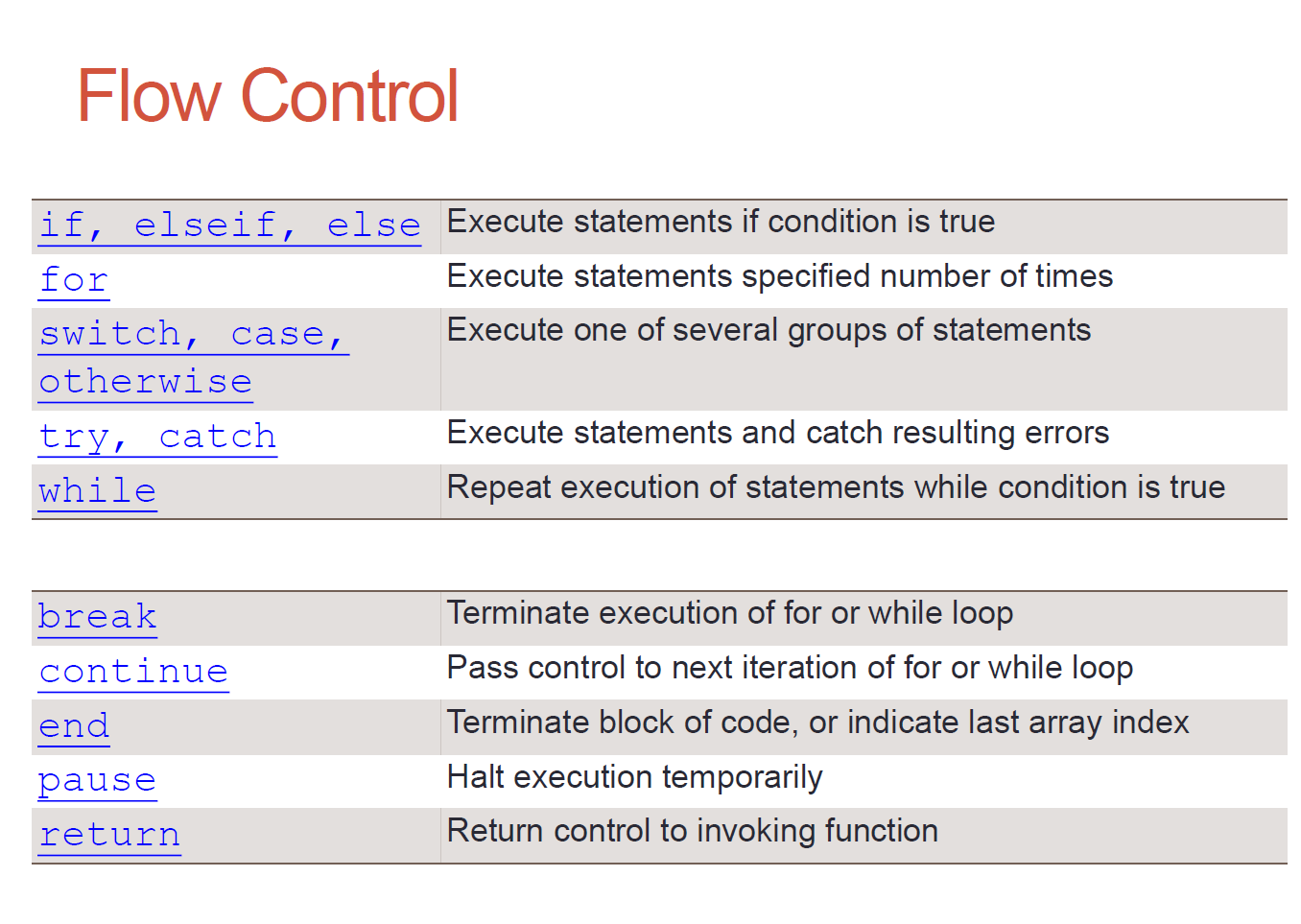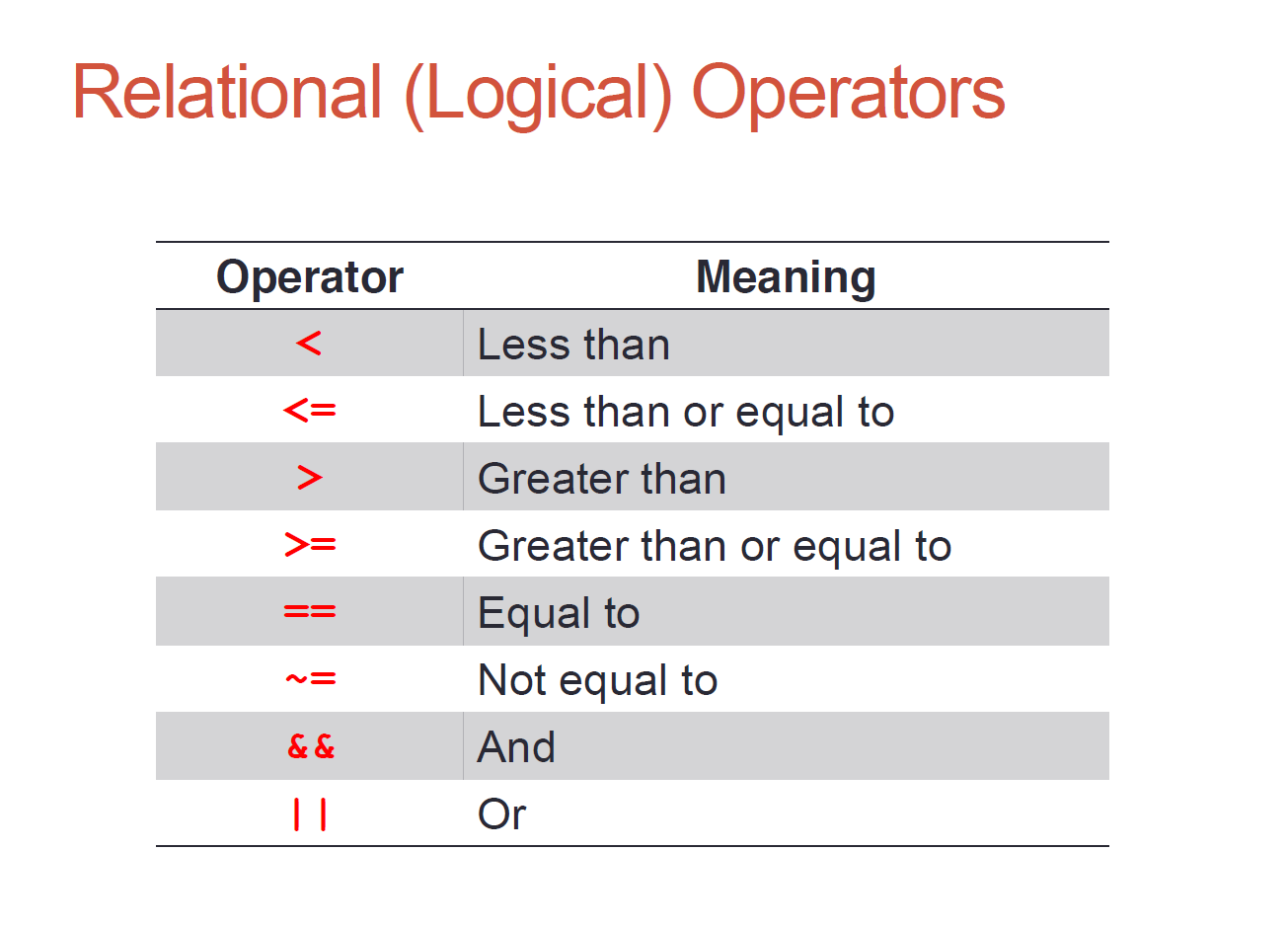1
2
3
4
5
6
7
8
9
10
11
12
13
14
15
16
17
18
19
20
21
22
23
24
25
26
27
28
29
30
31
32
33
34
35
36
37
38
39
40
41
42
43
44
45
46
47
48
49
50
51
52
53
54
55
56
57
58
59
60
61
62
63
64
65
66
67
68
69
70
71
72
73
74
75
76
77
78
79
80
81
82
83
84
85
86
87
88
89
90
91
92
93
94
95
96
97
98
99
100
101
102
103
104
105
106
107
108
109
110
111
112
113
114
115
116
117
118
119
120
121
122
123
124
125
126
127
128
129
130
131
132
133
134
135
136
137
138
139
140
141
142
143
144
145
146
147
148
149
150
151
152
153
154
155
156
157
158
159
160
161
162
163
164
165
166
167
168
169
170
171
172
173
174
175
176
177
178
179
180
181
182
183
184
185
186
187
188
189
190
191
192
193
194
195
196
197
198
199
200
201
202
203
204
205
206
207
208
209
210
211
212
213
214
215
216
217
218
219
220
221
222
223
224
225
226
227
228
229
230
231
232
233
234
235
236
237
238
239
240
241
242
243
244
245
246
247
248
249
250
251
252
253
254
255
256
257
258
259
260
261
262
263
264
265
266
267
268
269
270
271
| function y = mean(x,dim,flag,flag2)
%MEAN Average or mean value.
% S = MEAN(X) is the mean value of the elements in X if X is a vector.
% For matrices, S is a row vector containing the mean value of each
% column.
% For N-D arrays, S is the mean value of the elements along the first
% array dimension whose size does not equal 1.
%
% MEAN(X,'all') is the mean of all elements in X.
%
% MEAN(X,DIM) takes the mean along the dimension DIM of X.
%
% MEAN(X,VECDIM) operates on the dimensions specified in the vector
% VECDIM. For example, MEAN(X,[1 2]) operates on the elements contained
% in the first and second dimensions of X.
%
% S = MEAN(...,TYPE) specifies the type in which the mean is performed,
% and the type of S. Available options are:
%
% 'double' - S has class double for any input X
% 'native' - S has the same class as X
% 'default' - If X is floating point, that is double or single,
% S has the same class as X. If X is not floating point,
% S has class double.
%
% S = MEAN(...,NANFLAG) specifies how NaN (Not-A-Number) values are
% treated. The default is 'includenan':
%
% 'includenan' - the mean of a vector containing NaN values is also NaN.
% 'omitnan' - the mean of a vector containing NaN values is the mean
% of all its non-NaN elements. If all elements are NaN,
% the result is NaN.
%
% Example:
% X = [1 2 3; 3 3 6; 4 6 8; 4 7 7]
% mean(X,1)
% mean(X,2)
%
% Class support for input X:
% float: double, single
% integer: uint8, int8, uint16, int16, uint32,
% int32, uint64, int64
%
% See also MEDIAN, STD, MIN, MAX, VAR, COV, MODE.
% Copyright 1984-2018 The MathWorks, Inc.
isDimSet = nargin > 1 && ((~ischar(dim) && ~(isstring(dim) && isscalar(dim))) || ...
(~isInvalidText(dim) && strncmpi(dim,'all',max(strlength(dim), 1))));
isFlag2Set = nargin >= 4;
if nargin == 1 || (nargin == 2 && isDimSet)
flag = 'default';
omitnan = false;
else % nargin >= 3 || (nargin == 2 && ~isDimSet)
if nargin == 2
flag = dim;
elseif nargin == 3
if ~isDimSet
flag2 = dim;
isFlag2Set = true;
end
elseif nargin == 4 && ~isDimSet
error(message('MATLAB:mean:nonNumericSecondInput'));
end
if ~isFlag2Set
flag2 = '';
end
[flag, omitnan] = parseInputs(flag, flag2, isFlag2Set);
end
if ~isDimSet
% preserve backward compatibility with 0x0 empty
if isequal(x,[])
y = sum(x,flag)./0;
return
end
dim = find(size(x)~=1,1);
if isempty(dim)
dim = 1;
end
else
if isempty(dim)
error(message('MATLAB:mean:nonNumericSecondInput'));
end
end
if ~isobject(x) && isinteger(x)
% accumulation flag may still be partial
isnative = strncmpi(flag, 'native', max(1, strlength(flag)));
if intmin(class(x)) == 0 % unsigned integers
y = sum(x,dim,flag);
if (isnative && all(y(:) < intmax(class(x)))) || ...
(~isnative && all(y(:) <= flintmax))
% no precision lost, can use the sum result
y = y./mysize(x,dim);
else % throw away and recompute
y = intmean(x,dim,isnative);
end
else % signed integers
ypos = sum(max(x,0),dim,flag);
yneg = sum(min(x,0),dim,flag);
if (isnative && all(ypos(:) < intmax(class(x))) && ...
all(yneg(:) > intmin(class(x)))) || ...
(~isnative && all(ypos(:) <= flintmax) && ...
all(yneg(:) >= -flintmax))
% no precision lost, can use the sum result
y = (ypos+yneg)./mysize(x,dim);
else % throw away and recompute
y = intmean(x,dim,isnative);
end
end
else
if omitnan
% Compute sum and number of NaNs
m = sum(x, dim, flag, 'omitnan');
nr_nonnan = mysize(x, dim) - matlab.internal.math.countnan(x, dim);
% Divide by the number of non-NaNs.
y = m ./ nr_nonnan;
else
y = sum(x, dim, flag) ./ mysize(x,dim);
end
end
end
function y = intmean(x, dim, isnative)
% compute the mean of integer vector
ysiz = size(x);
if ischar(dim) || isstring(dim)
x = x(:);
else
dim = reshape(dim, 1, []);
dim = min(dim, ndims(x)+1);
if max(dim)>length(ysiz)
ysiz(end+1:max(dim)) = 1;
end
tf = false(size(ysiz));
tf(dim) = true;
r = find(~tf);
perm = [find(tf), r];
x = permute(x, perm);
x = reshape(x,[prod(ysiz(dim)), prod(ysiz(r))]);
ysiz(dim) = 1;
end
xclass = class(x);
if ~isnative
outclass = 'double';
else
outclass = xclass;
end
if intmin(xclass) == 0
accumclass = 'uint64';
else
accumclass = 'int64';
end
xsiz = size(x);
xlen = cast(xsiz(1),accumclass);
y = zeros([1 xsiz(2:end)],outclass);
ncolumns = prod(xsiz(2:end));
int64input = isa(x,'uint64') || isa(x,'int64');
for iter = 1:ncolumns
xcol = cast(x(:,iter),accumclass);
if int64input
xr = rem(xcol,xlen);
ya = sum((xcol-xr)./xlen,1,'native');
xcol = xr;
else
ya = zeros(accumclass);
end
xcs = cumsum(xcol);
ind = find(xcs == intmax(accumclass) | (xcs == intmin(accumclass) & (xcs < 0)) , 1);
while (~isempty(ind))
remain = rem(xcs(ind-1),xlen);
ya = ya + (xcs(ind-1) - remain)./xlen;
xcol = [remain; xcol(ind:end)];
xcs = cumsum(xcol);
ind = find(xcs == intmax(accumclass) | (xcs == intmin(accumclass) & (xcs < 0)), 1);
end
if ~isnative
remain = rem(xcs(end),xlen);
ya = ya + (xcs(end) - remain)./xlen;
% The latter two conversions to double never lose precision as
% values are less than FLINTMAX. The first conversion may lose
% precision.
y(iter) = double(ya) + double(remain)./double(xlen);
else
y(iter) = cast(ya + xcs(end) ./ xlen, outclass);
end
end
if ~isscalar(y)
y = reshape(y,ysiz);
end
end
function [flag, omitnan] = parseInputs(flag, flag2, isFlag2Set)
% Process flags, return boolean omitnan and string flag
if isInvalidText(flag)
error(message('MATLAB:mean:invalidFlags'));
end
if isstring(flag)
flag = char(flag);
end
s = strncmpi(flag, {'omitnan', 'includenan'}, max(length(flag), 1));
if ~isFlag2Set
omitnan = s(1);
if any(s)
flag = 'default';
end
else
if isInvalidText(flag2)
error(message('MATLAB:mean:invalidFlags'));
end
if isstring(flag2)
flag2 = char(flag2);
end
s2 = strncmpi(flag2, {'omitnan', 'includenan'}, max(length(flag2), 1));
% Make sure one flag is from the set {'omitnan', 'includenan'},
% while the other is from {'default', 'double', 'native'}.
if ~xor( any(s), any(s2) )
error(message('MATLAB:mean:invalidFlags'));
end
if any(s) % flag contains 'includenan' or 'omitnan'
omitnan = s(1);
flag = flag2;
else
omitnan = s2(1);
end
end
end
function tf = isInvalidText(str)
tf = (ischar(str) && ~isrow(str)) || ...
(isstring(str) && ~(isscalar(str) && (strlength(str) > 0)));
end
function s = mysize(x, dim)
if isnumeric(dim) || islogical(dim)
if isscalar(dim)
s = size(x,dim);
else
s = size(x,dim(1));
for i = 2:length(dim)
s = s * size(x,dim(i));
end
end
else
s = numel(x);
end
end
|



